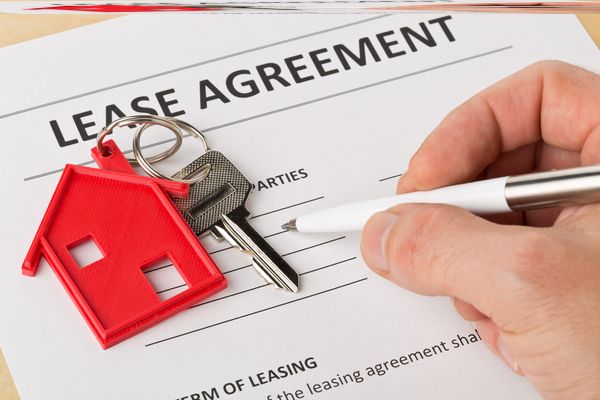Top 10 Items to Include in Your Residential Lease Agreement
A lease or rental agreement sets the terms and conditions that renters and landlords abide by during their rental relationship. A few essentials may be easy to overlook as you make your property ready for tenants.
These are some necessary clauses to help you protect your property and maintain a clear landlord-tenant relationship.
Tenant Information
This section of the agreement lists all the adult tenants (anyone 18 years old or older) and their contact information. Each of them must sign the deal, after which they are legally bound by the terms and conditions mentioned in the lease agreement. This includes elements such as rent payment and proper use of the property.
This clause provides the landlord with legal rights to contact any tenant listed in the event of violations of the agreement. The breach of any rule can lead to termination of the contract with or without warning. If an unapproved roommate moves in or a resident sublets the unit without permission, landlords can end the agreement.
Tenancy Term (Fixed or Periodic)
The landlord may choose to rent the unit on a monthly basis or for a specific time. The period can vary but is usually for three-, six-, or 12-month terms. This type of tenancy is known as a fixed-term lease.
On the other hand, a periodic or automatic term lease auto-renews without the landlord and tenant signing a new contract. It carries forward until either the landlord or tenant provides a legal notice to end.
Regardless of the tenancy term you choose, you need to mention it in the residential lease.
Rental Occupancy Limits
The rental lease agreement should specify that the rental property is only for the tenants who have signed the lease and their minor children.
This clause gives you control of who lives in your rental property, people verified and approved by you. It gives you grounds to evict people living in the residence who are not listed in the agreement.
Rent Amount and Frequency
Both the rent amount and its due date should be mentioned in the rental agreement. Specify the following details:
- Acceptable payment methods (like personal checks or cash)
- Late fees, if required, in case the rent is not paid on time
- Grace period
- Charges, if the rent check bounces
Deposits and Fees
Use and return of the security deposit is a frequent source of friction between tenants and landlords. To overcome this, your rental agreement should clearly state:
- The amount of security deposit due (ensure that you comply with your state's laws while setting the maximum amount)
- How you might use the deposit (like damage repair) and how tenants can use it (like applying it to the last month's rent)
- When and how you'll pay back the deposit to the tenant while accounting for deductions once they move out
- Legal non-refundable fees such as those about cleaning or pets
It's also wise to mention where you'll hold the deposits and whether you will pay the interest to your tenant.
Pet Policy
Whether you allow pets in your rental unit or not, make sure to state it clearly in the rental lease agreement. Mention the types and number of allowed pets along with additional charges, if applicable.
Restrictions and Disruptive Activities
The tenant should not use a rental property to carry out any disruptive or illegal activity, but it's essential to specify this in a clause. It helps you avoid trouble among the tenants and prevents property damage and exposure to lawsuits from other residents or neighbors.
Repairs and Maintenance Policy
This policy serves as the best defense against conflicts over the security deposit or refusal to pay rent. Make sure the terms and the tenant's responsibilities regarding repairs and maintenance are mentioned within the lease agreement. These include:
- The tenants' cleanliness and sanitation responsibilities, including payment for damages
- When tenants should alert the landlord of defective or dangerous conditions, along with the actual process for reporting and handling complaints and repair requests
- Restrictions on resident repairs and changes to the premises, for example, painting the unit
Tenant Insurance Policy
A tenant insurance policy protects renters' rights and their personal property. Make sure to mention your insurance details in the lease agreement, and don't forget to check if your insurance policy for rental leases requires you to provide proof that each of your tenants has renter's insurance.
Other Restrictions/Rules You Want Your Tenants to Follow
As far as other restrictions, remember to include rules covering all relevant laws not covered by the elements above. This can consist of rent control ordinances, health and safety codes, occupancy rules, and anti-discriminatory regulations. You must consider federal, state, and local laws when renting out a property that need to be followed strictly for matters such as limiting the security deposit amount, the requirement of notice for entering the rental property, and a tenant's right to sublet.
Creating Your Lease Agreement
Owning a rental property comes with multiple responsibilities. Residential lease agreements act as the primary way to clarify and agree on these responsibilities. They're the backbone of a successful relationship between tenants and landlords. Turn to 360 Legal Forms if you are stuck in the creation process and find an easy solution for all rental and lease online documentation.
